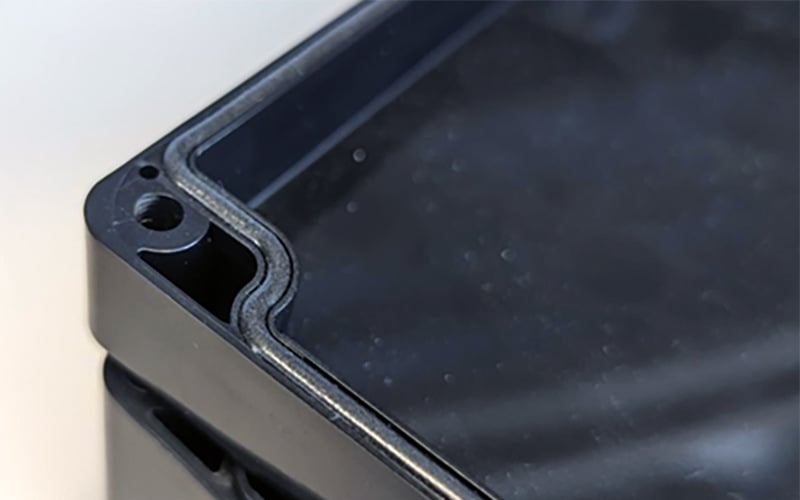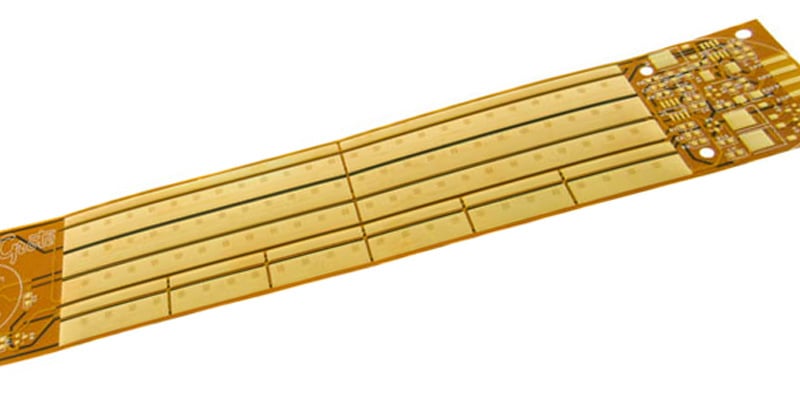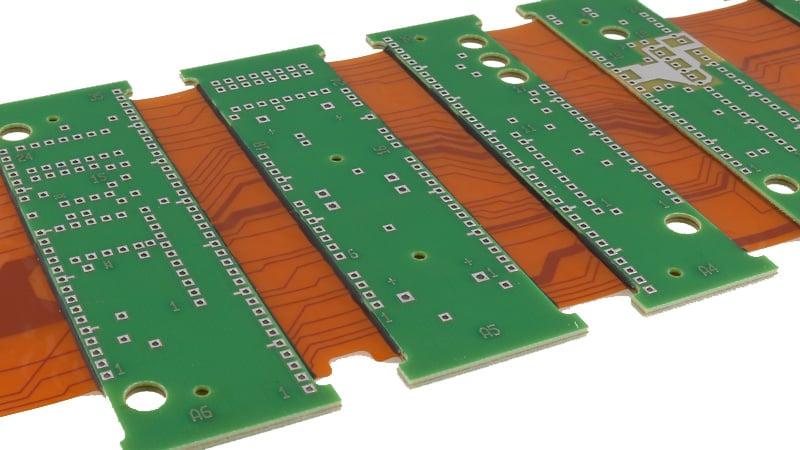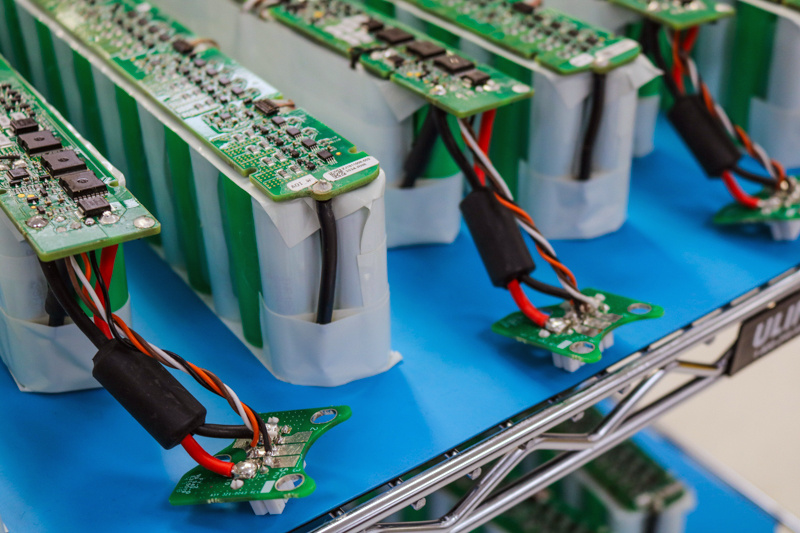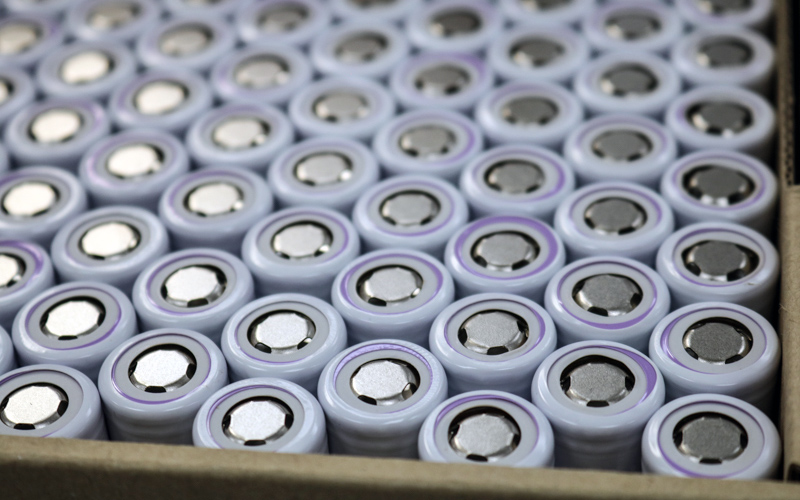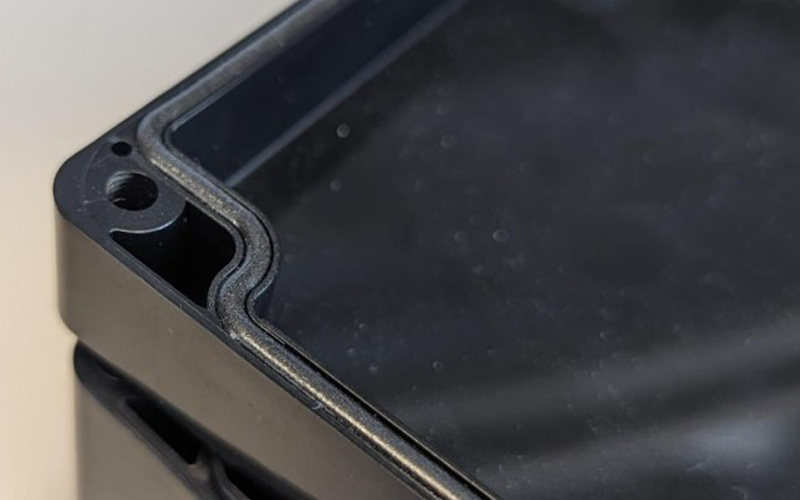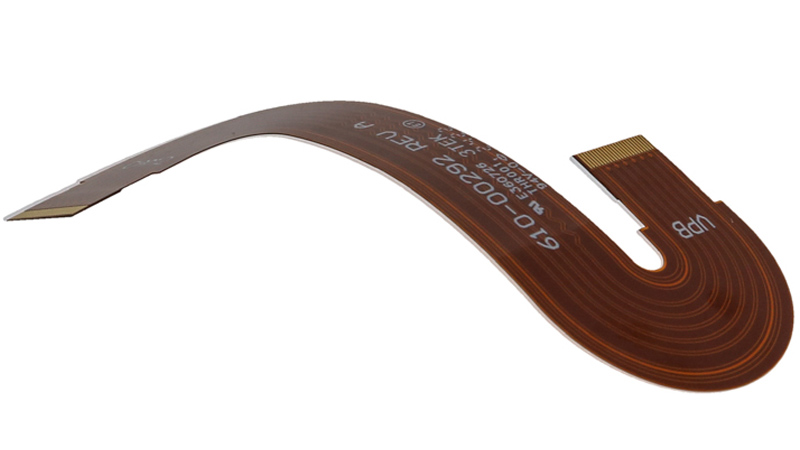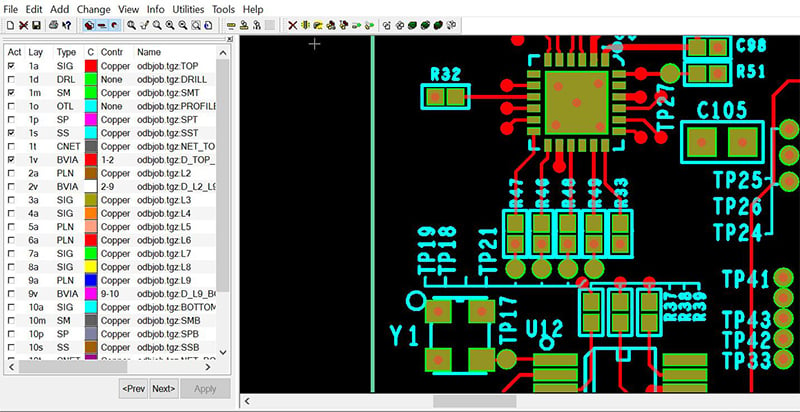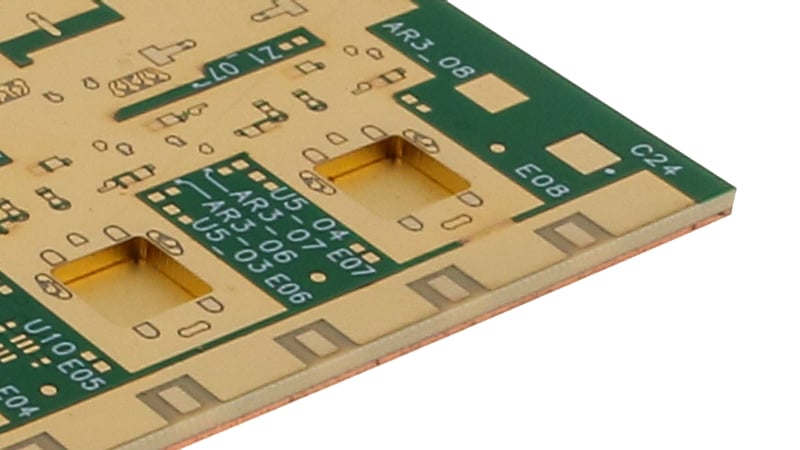Gaskets play a crucial role in ensuring the safety and functionality of countless devices across various industries. From providing waterproofing to maintaining the integrity of electronic enclosures, the right gasket selection can make a significant difference.
In the realm of electronics design, especially when dealing with Gerber files for flexible circuit board layouts, engineers continually seek innovative solutions to combat electromagnetic interference (EMI). Shielding is a pivotal strategy in this battle, serving not just to protect sensitive components but also to ensure the integrity and performance of the electronic device as a whole.
In the evolving landscape of electronic engineering, the quest for reliability in electronic components has never been more critical. At the heart of this pursuit lies the concept of reliability — the ability of an apparatus or system to consistently perform its required function without degradation or failure.
In the dynamic world of flex circuit design, a recurring challenge presents itself: balancing electrical requirements with mechanical demands. These two aspects often clash, creating a complex scenario for designers.
Customers who require battery packs for devices have a wide selection to choose from to provide the appropriate amount of power to applications. When selecting a battery pack, choosing a customized design provides you with more control and design freedom when it comes to picking specific materials, charge rates, battery enclosure designs, and capacities.
In the realm of custom battery design, two critical parameters stand out: sizing and the C rating. These aspects are fundamental to the performance, longevity, and safety of battery packs, especially in applications demanding specific power requirements and space constraints.
Ever wondered what magic formula keeps your phone safe from a poolside splash or your smartwatch ticking during a sweaty workout? The answer lies within the unassuming yet powerful IP rating. Don't let its technical-sounding name intimidate you – understanding IP ratings is like learning the language of your gadgets, empowering you to make informed choices and unleash their full potential.
Flex circuits, integral to modern electronics, present unique challenges in their design and application. This blog post delves into the complexities of integrating electrical requirements with mechanical constraints in flex circuit designs. We'll explore various applications, their design considerations, and industry standards, providing a comprehensive view for engineers and designers.
At the base of all printed circuit boards is the material. We have to start somewhere, so, let’s talk about the material. PCBs are built-to-print products, and although they are very similar, no matter the shape, size, or layer count, they are unique and have their attributes.
Developing a successful RF printed circuit board (PCB) design requires careful consideration of various factors to ensure optimal performance and reliability. RF PCBs are essential components in wireless communication systems, radar systems, and other applications that rely on radio frequency signals.


